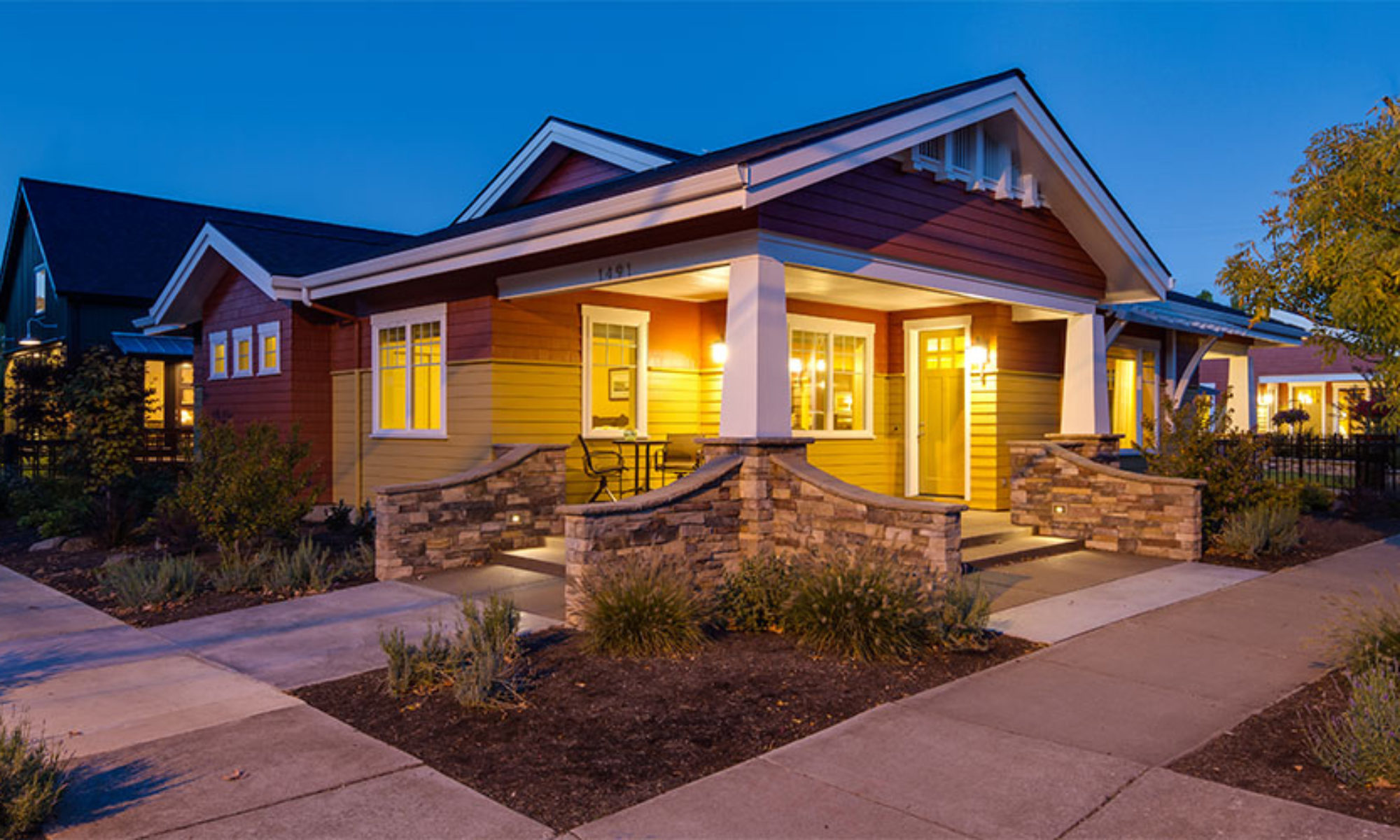
GREENWASH
Greenwashing is “the act of misleading consumers regarding the environmental practices of a company or the environmental benefits of a product or service.”
SIN #1 – THE SIN OF THE HIDDEN TRADE-OFF
The first sin is suggesting a product is “green” based on a narrow focus without drawing attention to larger environmental issues. The example they use is that of paper from sustainably-harvested forests may not take into account the incredible amount of water and resources that go into producing that paper.
I’m reminded of an old ad that said “8 out of 10 dentists recommend Brand X sugarless gum for their patients who chew gum.” Or “Brand Y Beer is America’s number one imported German Beer.” Both are very narrow areas of focus that may (or may not) miss the larger picture.
The eco-friendly disposable diapers shown above will still go into the landfills and, in my opinion, miss the whole point of whether or not disposable diapers are even a good way to go. Another example is the compostable or biodegradable disposable cups for coffee or water. An incredible amount of water goes into just making these cups, they are used once, then discarded. So while we have “backed up” from styrofoam cups to a more eco-friendly version, we have missed the point that we’re still throwing them away! A washable, reusable cup or glass (or diaper) will have a much more friendly impact on our world and our resources. And you know, it will cost less money in the long-term.
The three “R’s”, reduce, reuse, recycle start with reduce. We need to be willing to step back a bit and look at reducing what we consume first. Before we reuse something (which is the second step) and before we recycle something (third step), we should consider whether or not we should even be using it in the first place. And once we determine if we need to use it, do we really need something disposable or can we use something over and over? We get sucked into the “green” compostable cups or corn-based forks when a little extra time and effort washing glass cups and metal forks might be a better solution.
Our church is starting a new direction with our coffee bar on Sunday mornings. We are switching to glass cups and plates, metal forks and we’re going to wash them. It will be a bit of a challenge (the dishwasher is at the other end of the facility and a long walk), but our team is committed to at least giving it a try. Much of this stems from our belief of stewarding our planet and our spiritual response to our Creator, but you know, I think we’re going to find out we save money, too. And when you get into a win-win situation like that, it’s a good thing.
Next Post: Sin #2 – The Sin of No Proof










